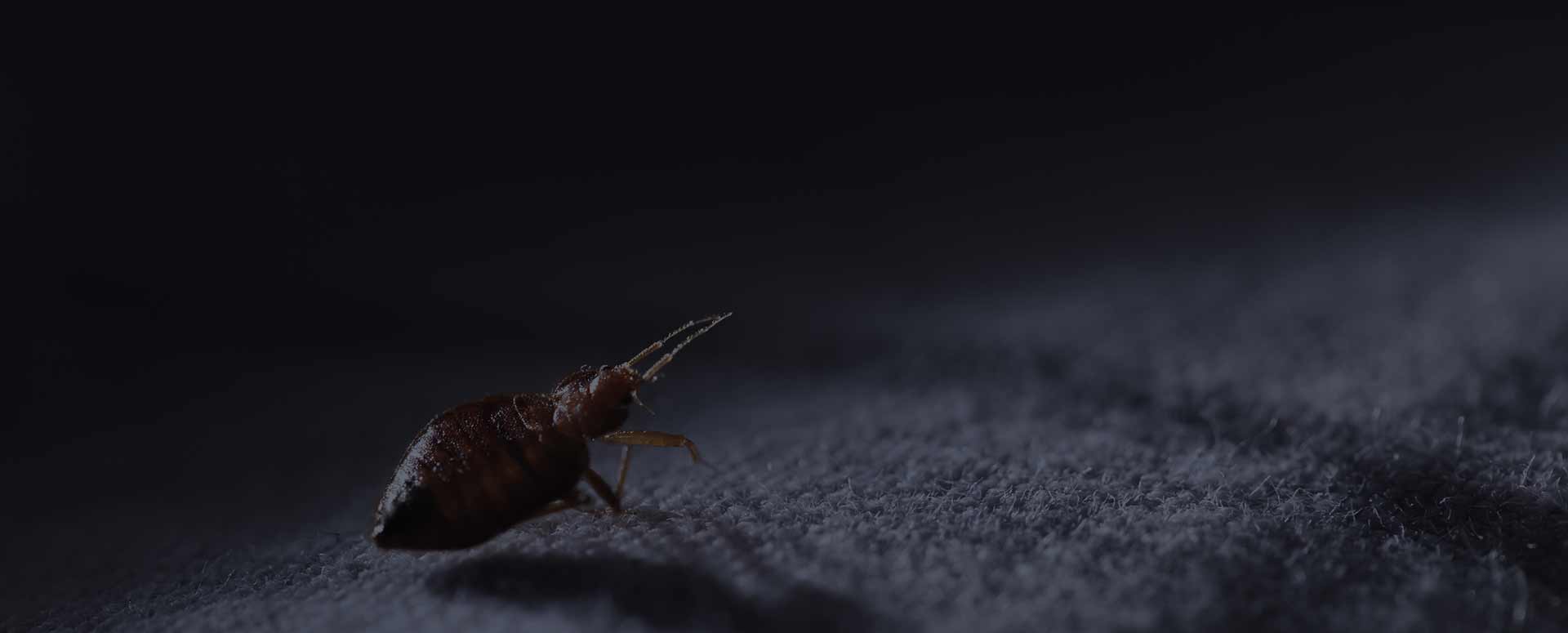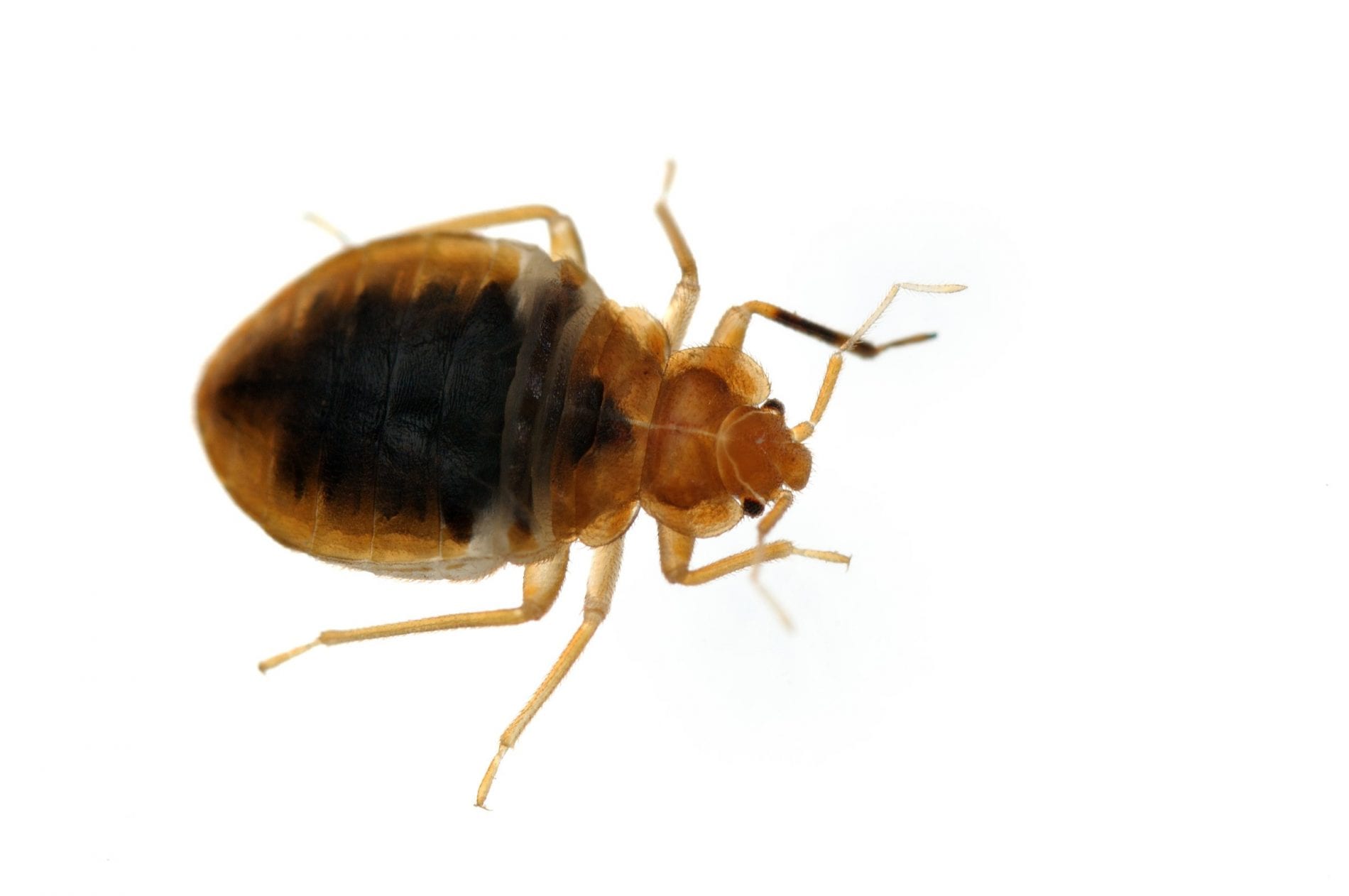
Bed Bugs
Bed Bugs are parasitic insects that feed on blood.
They usually go undetected while feeding due to the anaesthetic saliva they inject when they pierce the skin.
Bed Bugs can be quite harmful to your health for numerous reasons, The bite itself can become very itchy & cause skin rashes, but they can also transmit diseases.
Bed Bug population has exploded in the 20th century due to the increase in global travel, indoor heating making conditions ideal year round, and the reduction in harmful pesticides used to irraticate them.
The best way to get rid of a Bed Bug infestation is to call a professional, however there are a few things you can do at home as well:
Regularly check your bedding carefully
Wash all your bedding in very hot water (min 60 degrees celcius) for 90 mins
Put all bedding in the dryer on high for at least 30 mins
Thoroughly vacuum the bedding and house, ensuring to empty the vacuum outside immediately
Bed bug populations have exploded all over the world, particularly in Australia where some estimate there has been a 5,000 per cent increase since 2000
AUSTRALIAN BED BUG SPECIES
Bed Bug
(Cimicidae)

